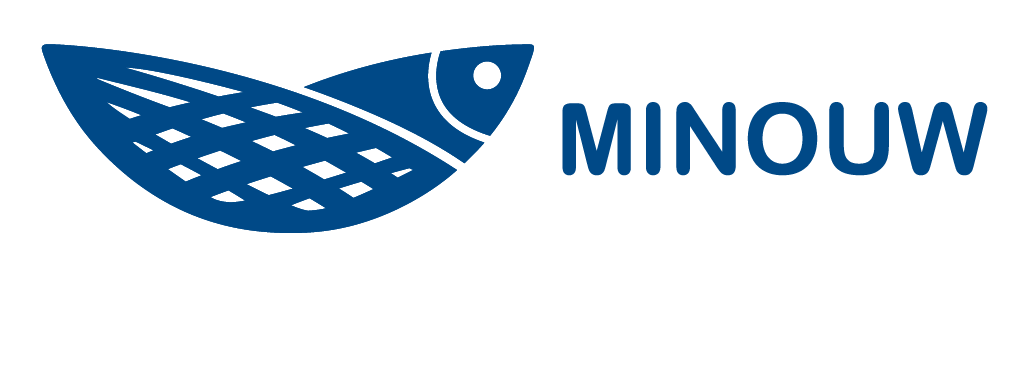Assessing the impact of using bioeconomic modelling techniques to help reduce discards in the fishery.
MINOUW partner & Lead scientist:
EHU/UPV (Universidad del País Vasco / Euskal Herriko Unibertsitatea), María J. Gutiérrez
Fishing method and species:
Gillnetters, demersal trawlers, purse-seiners, hooks and lines and polyvalent artisanal fishing boats. The species targeted is primarily Hake (Merluccius merluccius), but also Megrim (Lepidorhombus whiffiagonis), Four Spot Megrim (Lepidorhombus boscii), White Anglerfish (Lophius piscatorius), Mackerel (Scomber scombrus), Southern Horse Mackerel (Trachurus tra-churus), Western Horse Mackerel (Trachurus trachurus) and blue whiting (Trachurus).
What activities did the MINOUW project carry out?
- Extending the bioeconomic model SASOM (Stochastic Age-Structured Optimization Model) to include discard analysis.
- Assessed the effects on captures and discards of changing the fishing technology (selectivity parameters) using the bioeconomic model SASOM
- Assessed the effects on captures and discards of changing the prices (ban selling policies) using the bioeconomic model SASOM
What outcomes were expected?
- Built understanding of how changes in fishing technologies that reduce selectivity can alleviate the problem of discards in the fishery.
- Compares the effectiveness of this type of policy with alternative market policies. Advise policy makers on the most effective fishery policies.
Results
Policies improving selectivity are better than sales ban strategies to reduce discards.
For a full summary of results download the PDF here: (670kb)

